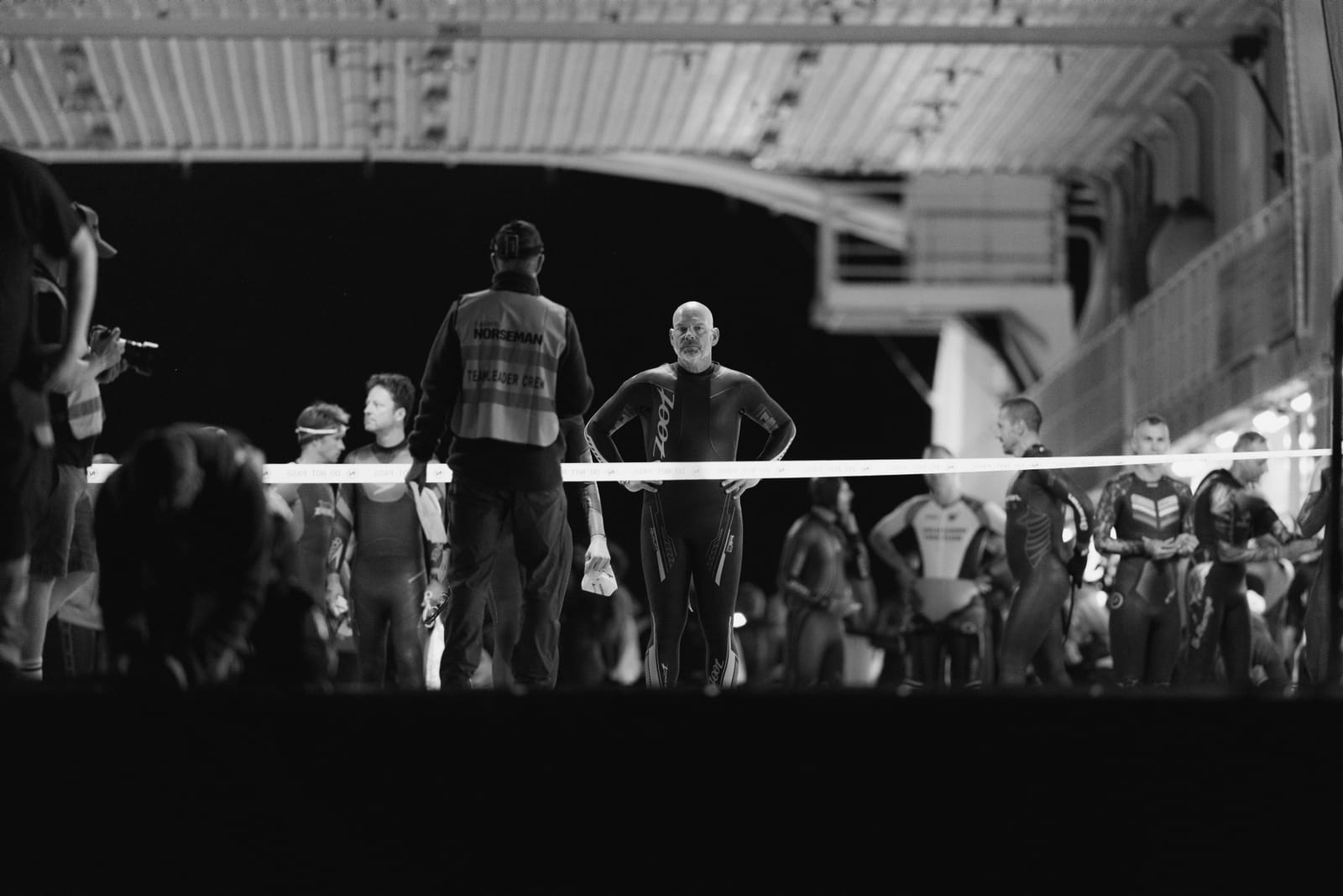Mother Nature has outpaced science once again: the bare human foot is better for running than one cushioned by sneakers. What about those $125 high-tech running shoes with 648 custom combinations? Toss ’em, according to a new study published online January 27 in the journal Nature (Scientific American is part of Nature Publishing Group).
“Most people today think barefoot running is dangerous and hurts,” Daniel Lieberman, a professor of human evolutionary biology at Harvard University, said in a prepared statement. “But actually you can run barefoot on the world’s hardest surfaces without the slightest discomfort and pain…It might be less injurious than the way some people run in shoes.”
Lieberman and his group used 3-D infrared tracking to record and study the running and strike style of three groups of runners: people who had always run barefoot, people who had always run with shoes, and people who had switched from shoe to shoeless.
They found that when runners lace up their shmancy sneakers and take off, about 75 to 80 percent land heel-first. Barefoot runners—as Homo sapiens had evolved to be—usually land toward the middle or front of the food. “People who don’t wear shoes when they run have an astonishingly different strike,” Lieberman said.
Without shoes, landing on the heel is painful and can translate into a collision force some 1.5 to 3 times body weight. “Barefoot runners point their toes more at landing,” which helps to lessen the impact by “decreasing the effective mass of the foot that comes to a sudden stop when you land,” Madhusudhan Venkadesan, an applied mathematics and human evolutionary biology postdoctoral researcher at Harvard who also worked on the study, said in a prepared statement. But as cushioned kicks have hit the streets and treadmills, that initial pain has disappeared, and runners have changed their stride, leading to a way of high-impact running that human physiology wasn’t evolved for—one that the researchers posit can lead to a host of foot and leg injuries.
Perhaps it should come as no surprise that our bodies are still better engineered than new-fangled trainers. When taking into account our ancient ancestors, “humans have engaged in endurance running for millions of years,” the researchers wrote in their study. “But the modern running shoe was not invented until the 1970s.”
Another recent study, by the American Academy of Physical Medicine and Rehabilitation and published last December in the academy’s journal, PM&R, found that wearing running shoes “increased joint torques at the hip, knee and ankle,” when compared to barefoot running. Even a jog in high heels was better for joints than specialized tennis shoes.
Despite the growing movement of barefoot (or more lightly shod) runners, many researchers are calling for more evaluation before all those sweaty sneakers are abandoned. “There is no hard proof that running in shoes… causes injuries,” William Jungers, a professor of anatomical sciences at Stony Brook University in Long Island, NY, wrote in a commentary that accompanies the new study. But, he asserted, “In my view there is no compelling evidence that it prevents them either.” And as a boost to the barefoot argument, he added: “There are data that implicate shoes more generally as a plausible source of some types of chronic foot problems.”
So perhaps you can skip those sneaks, say the study authors. “All you need is a few calluses,” Lieberman said.
Image comparing the footfall of two Kenyan runners from the study courtesy of Benton et al. The runner on the left has worn shoes most of his life and lands on his heal, whereas the runner on the right has primarily run barefoot and lands on the ball of her foot.






